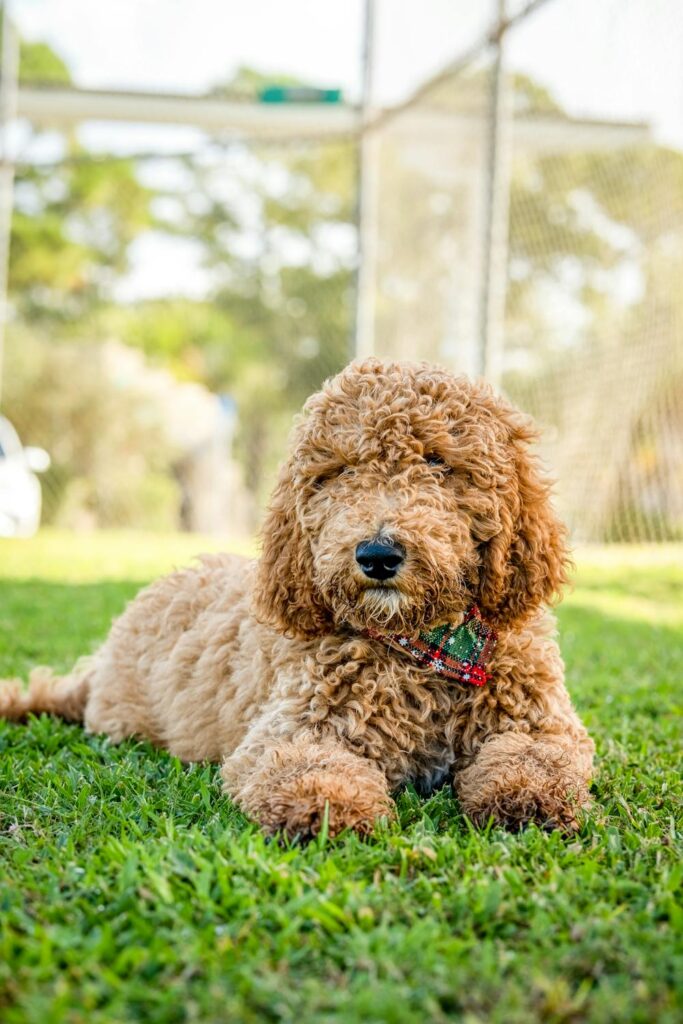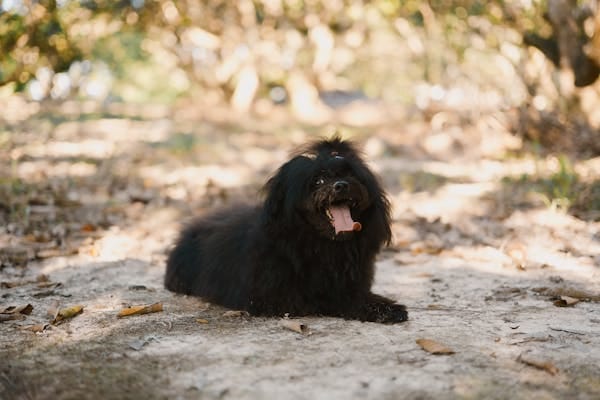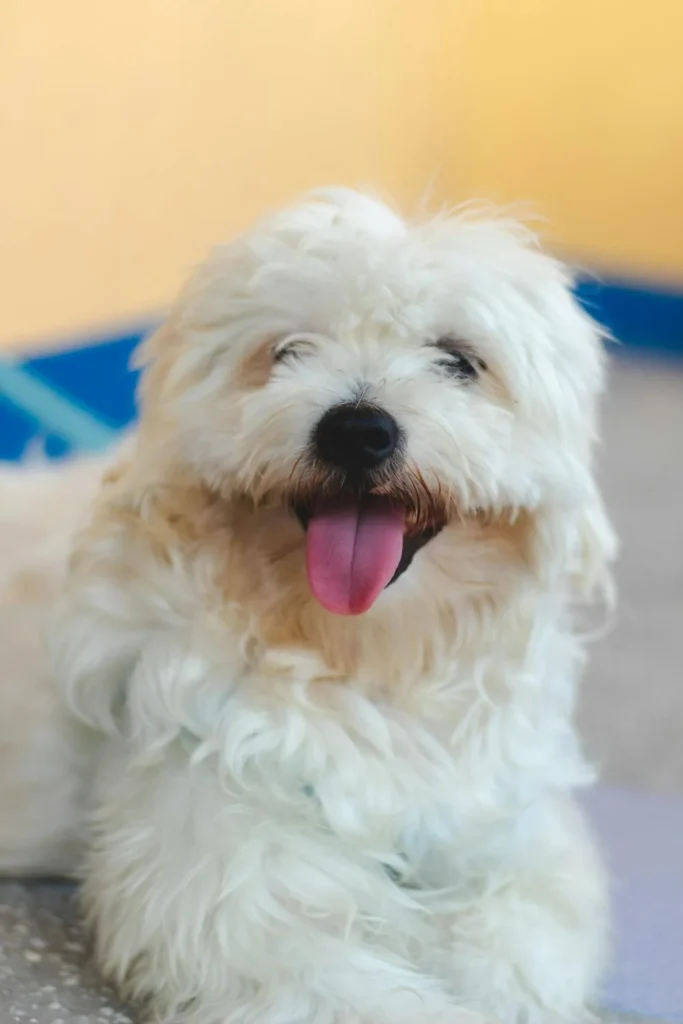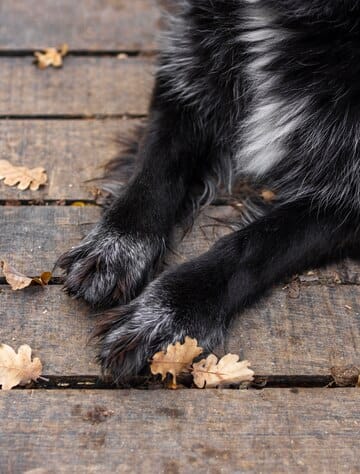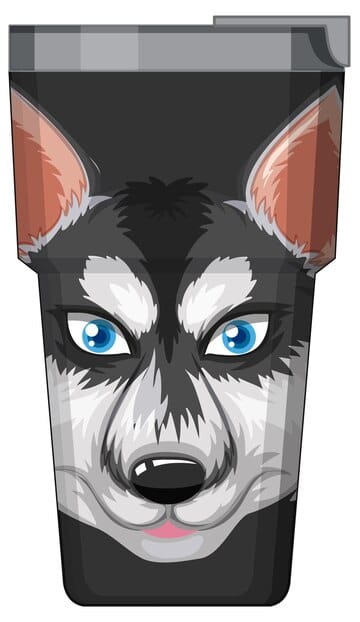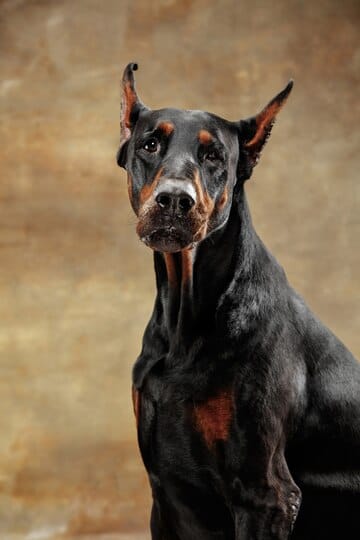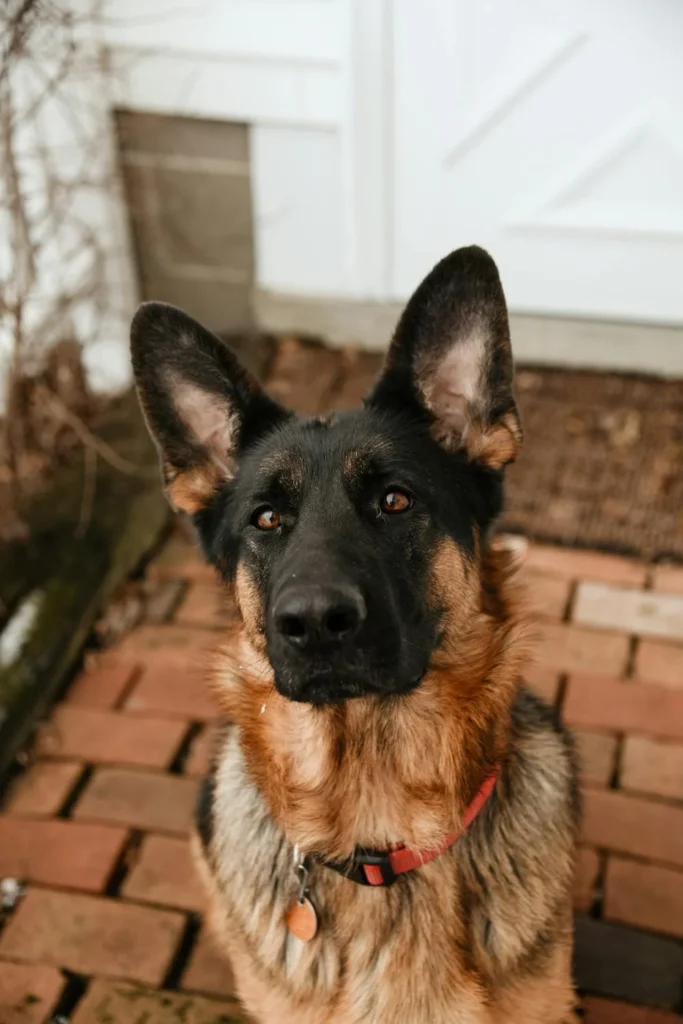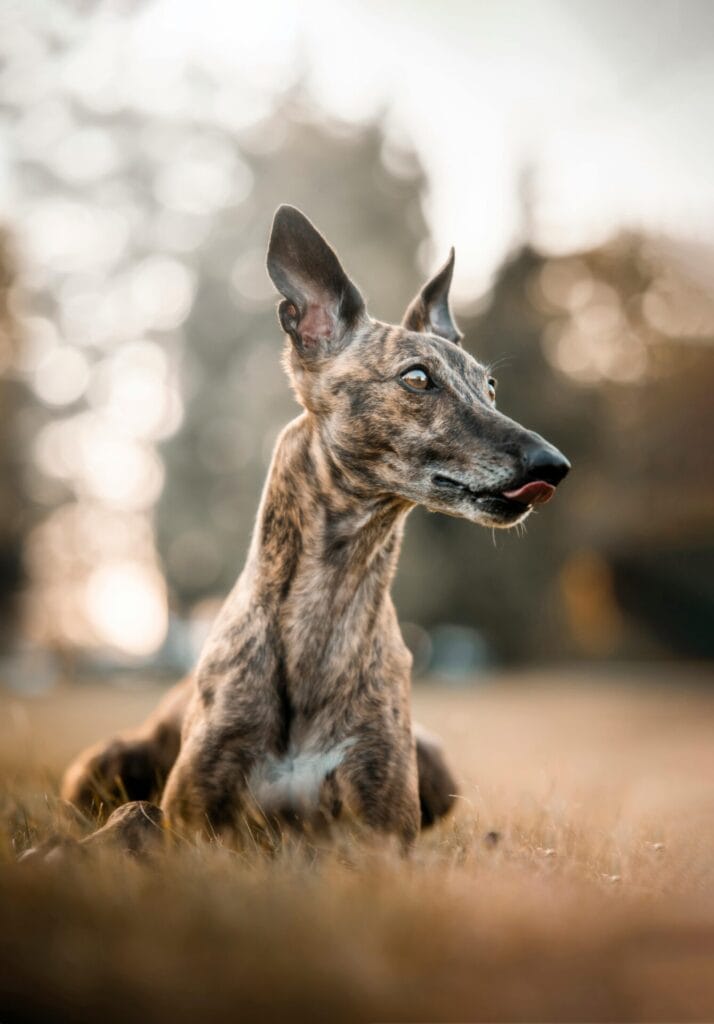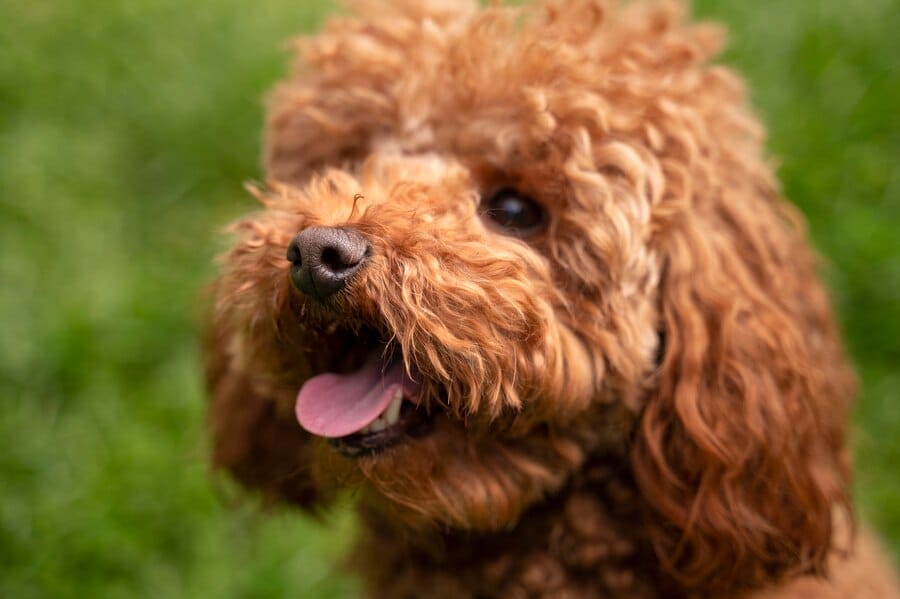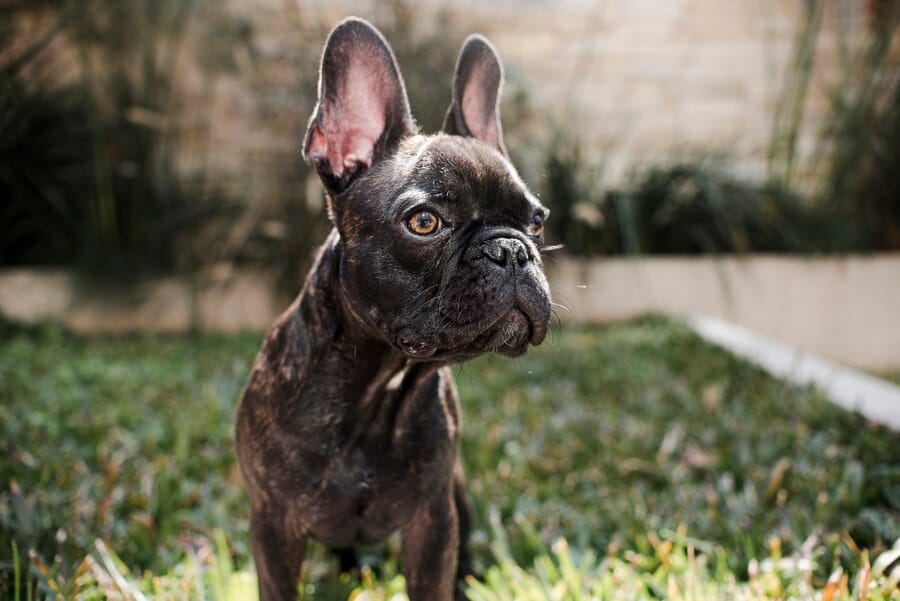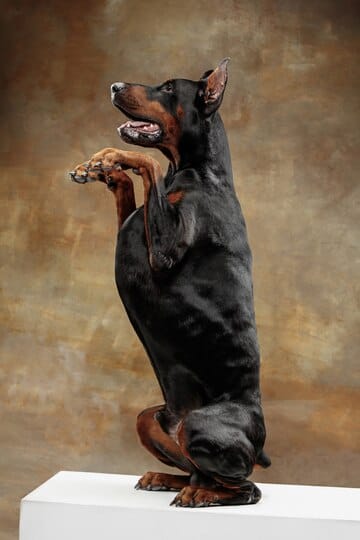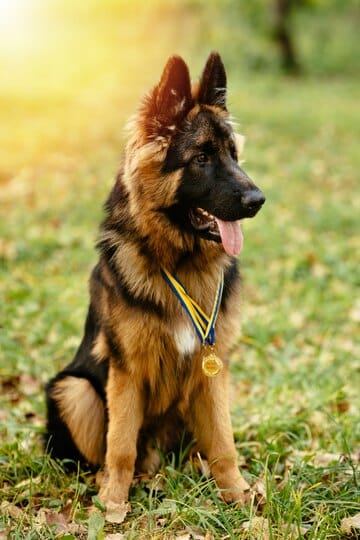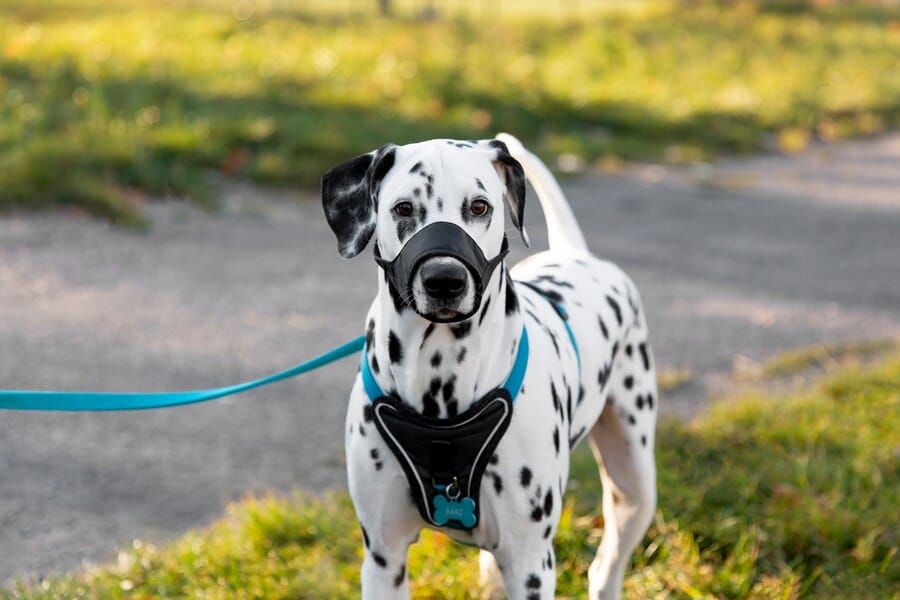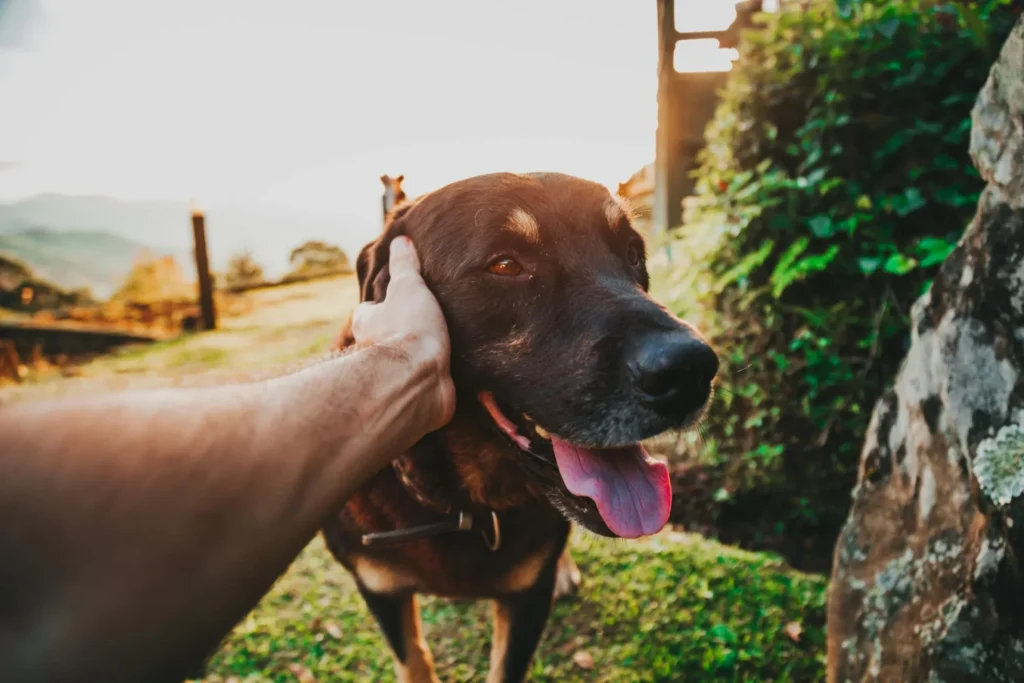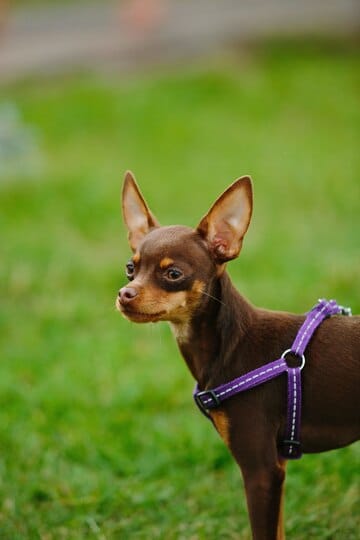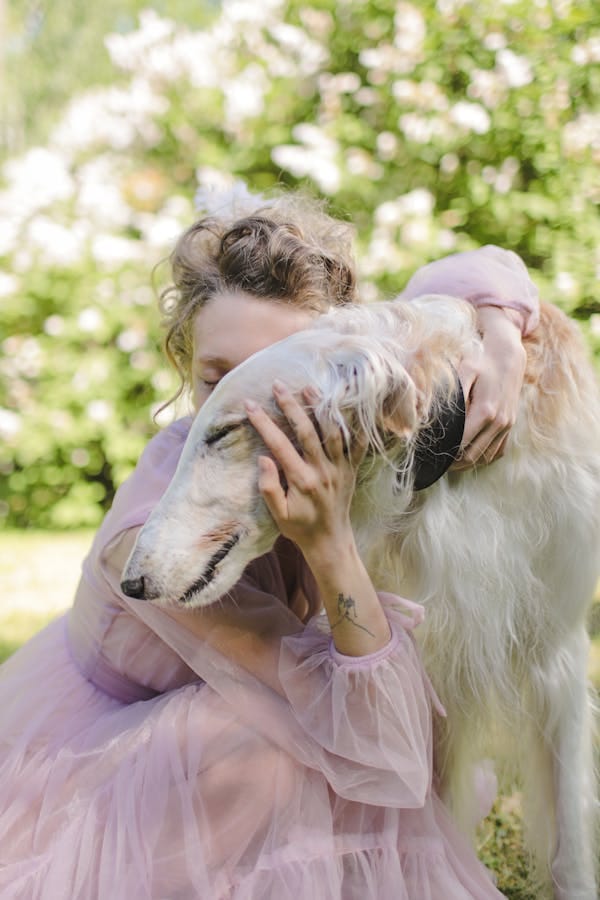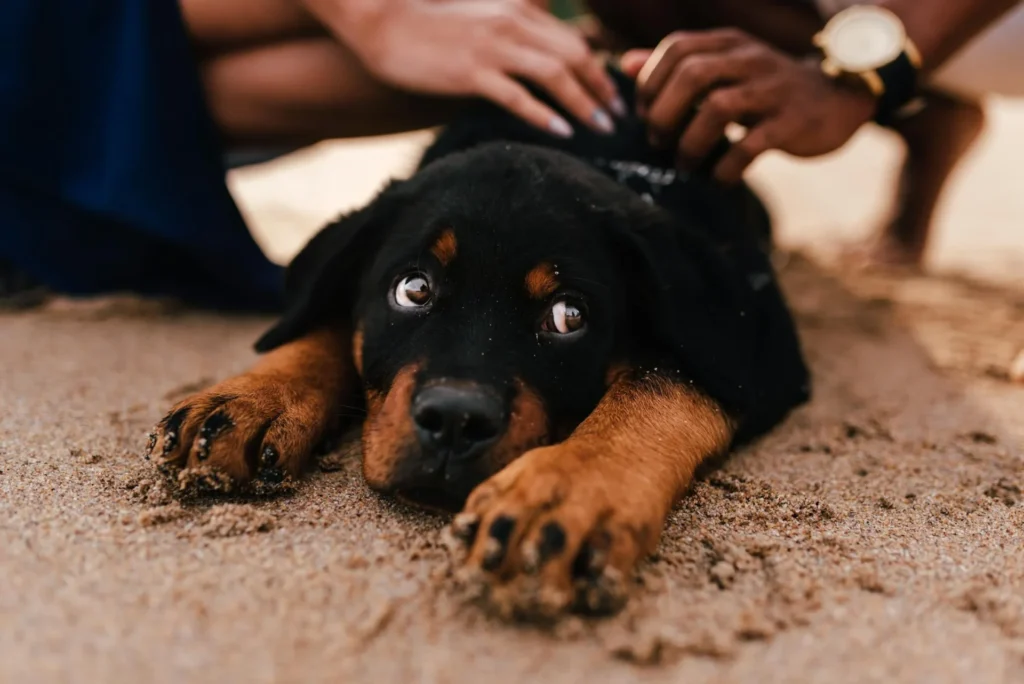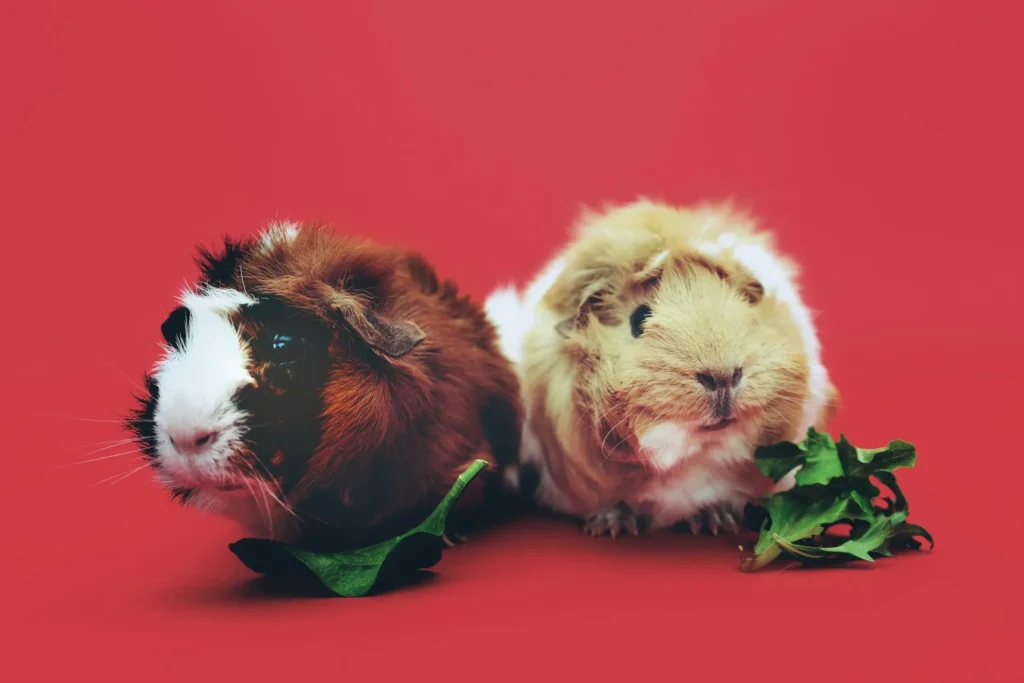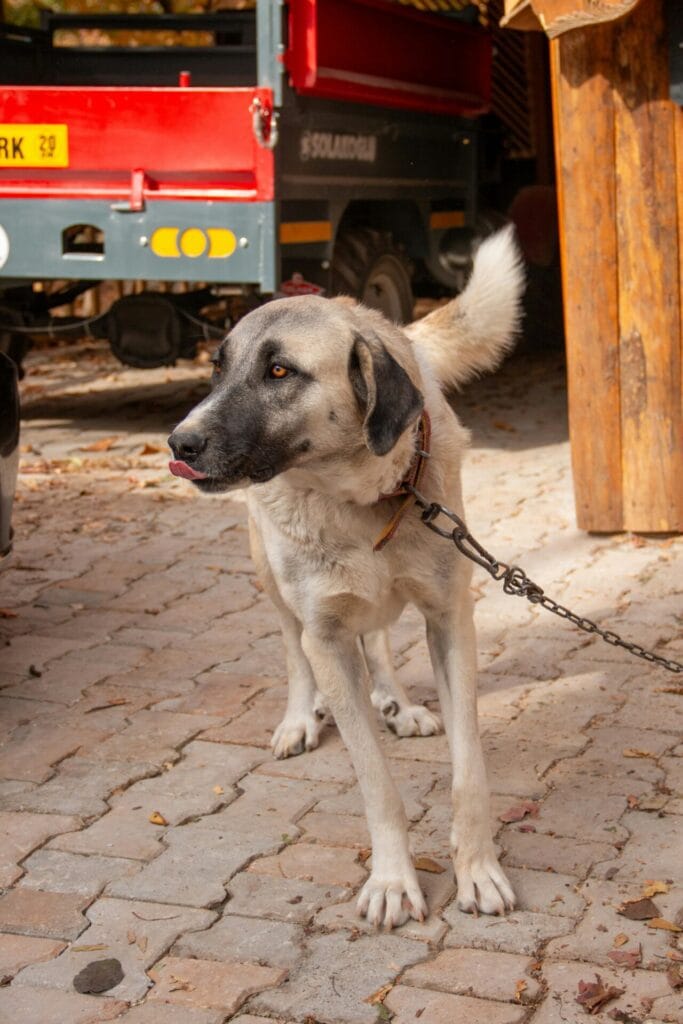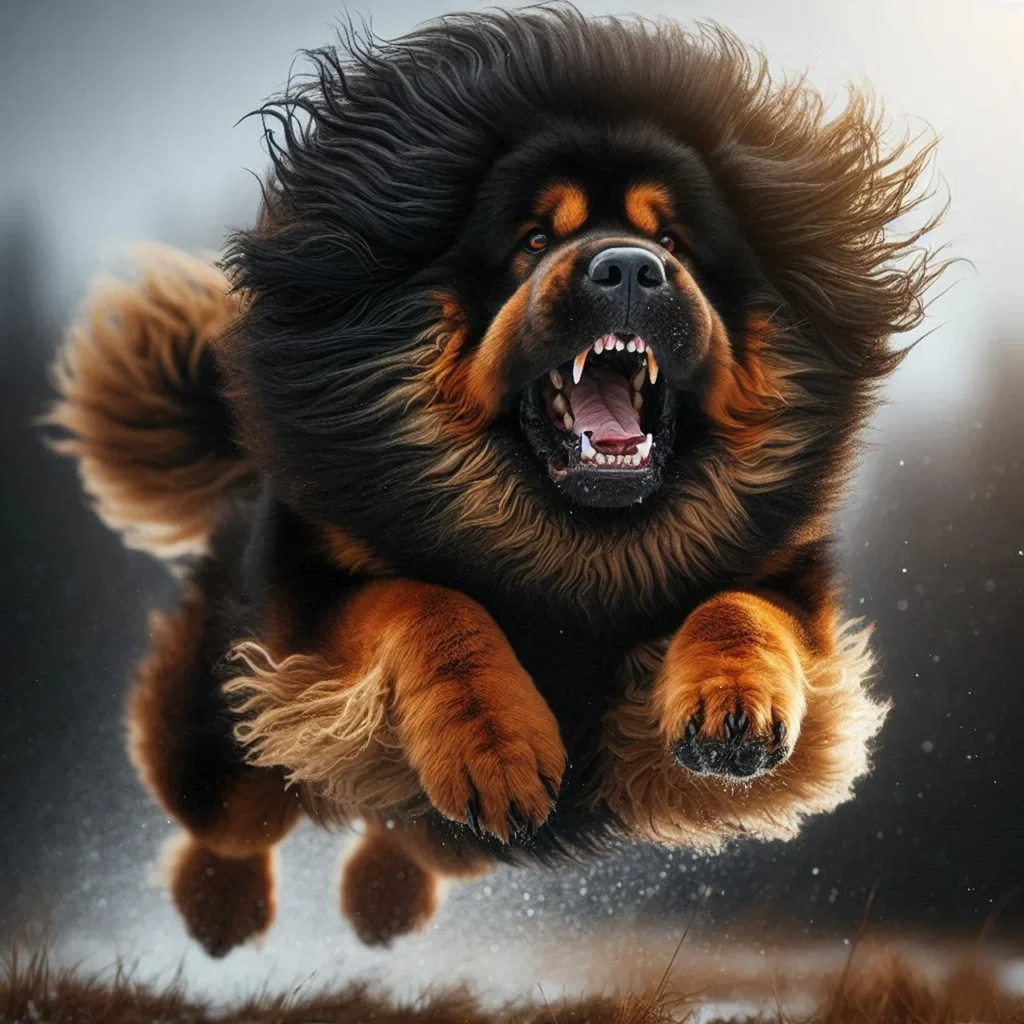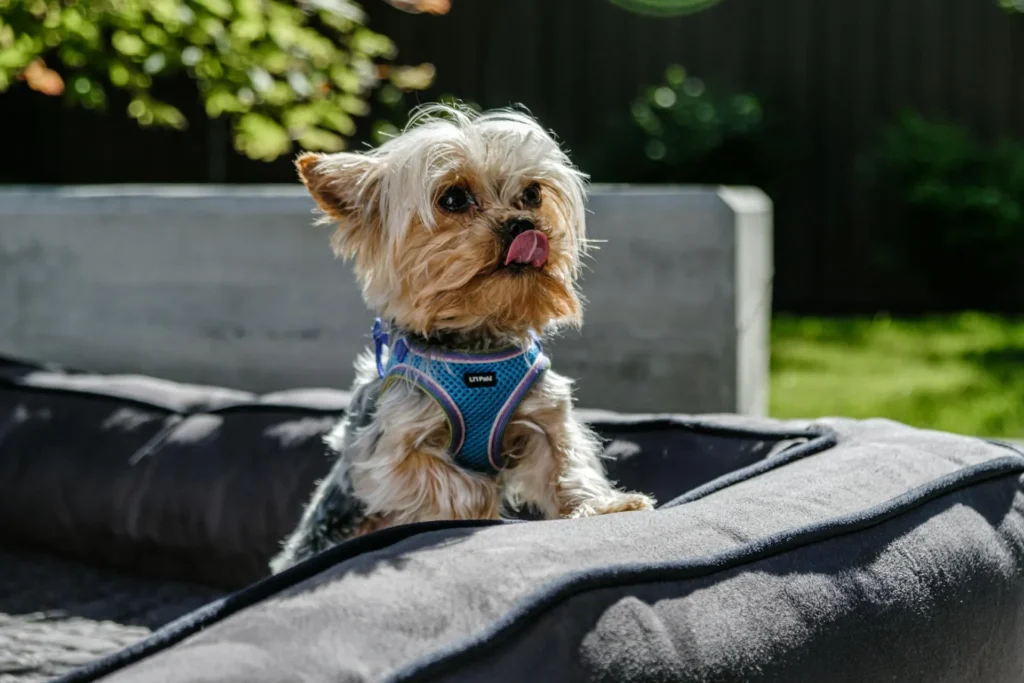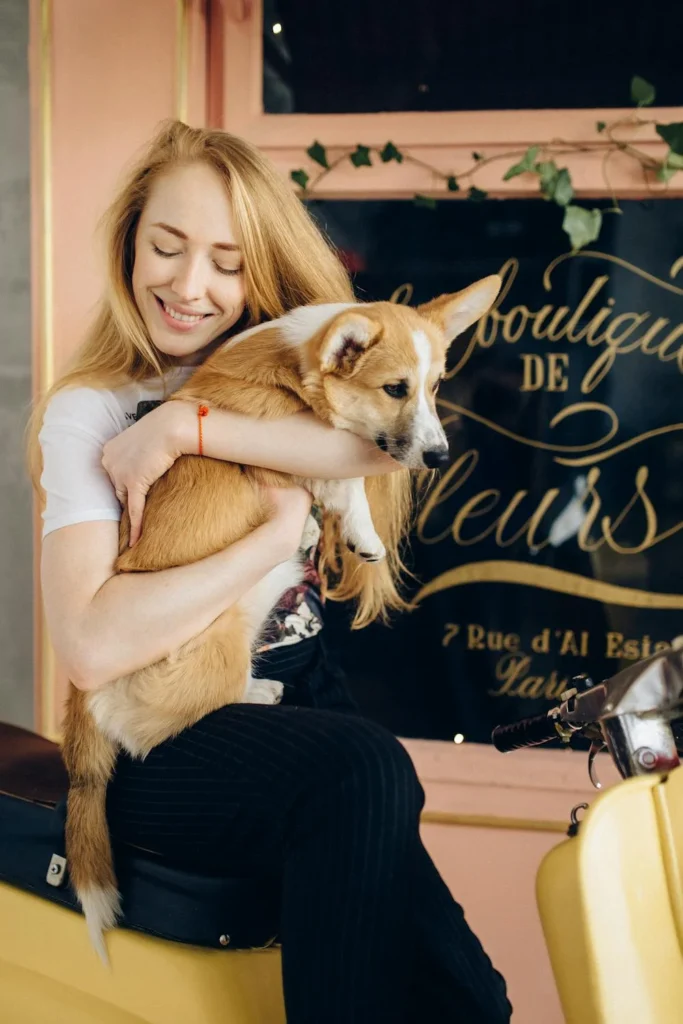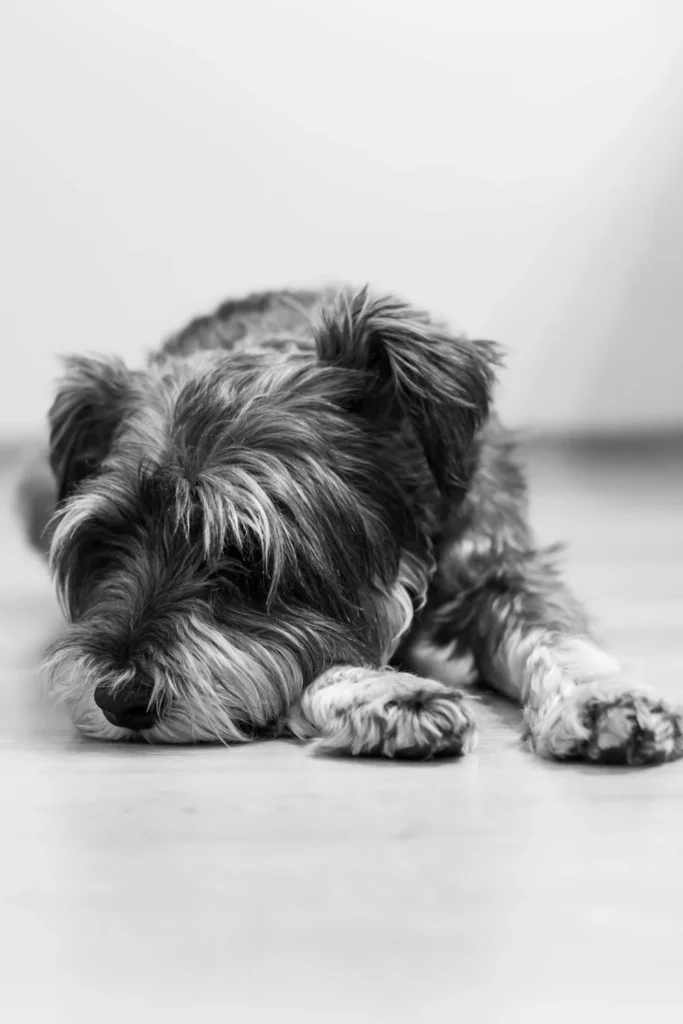- Understanding Golden Retriever Fur: The Basics 🐕
- The Golden Retriever Fur Growth Cycle 🌱
- Golden Retriever Hair Growth Chart: From Puppy to Adult 📊
- Will Golden Retriever Fur Grow Back? The Million Dollar Question 💰
- How Long Does It Take for Golden Retriever Hair to Grow Back After Shaving? ⏳
- Factors Influencing Golden Retriever Fur Growth 🔍
- How to Make Golden Retriever Fur Grow Long 🦁
- How to Make Golden Retriever Fur Grow Faster 🚀
- Causes of Golden Retriever Fur Loss 😟
- Symptoms of Hair Loss in Golden Retrievers 🔎
- What’s Normal? Understanding Typical Golden Retriever Shedding 🐾
- Factors Contributing to Fur Loss in Golden Retrievers 🧐
- The Do’s and Don’ts of Golden Retriever Fur Care ✅❌
- Advanced Grooming Techniques for Golden Retrievers 🧵
- Seasonal Considerations for Golden Retriever Fur Care 🌞❄️
- Nutrition for Optimal Fur Health 🥩🥕
- Common Myths About Golden Retriever Fur 🙅♂️
- The Impact of Spaying/Neutering on Coat Growth 🐾
- Dealing with Matted Fur: Prevention and Treatment 🧵
- The Role of Exercise in Coat Health 🏃♂️
- Addressing Skin Issues That Affect Coat Health 🩺
- Grooming Tools: A Comprehensive Guide 🧰
- Bathing Your Golden: Best Practices 🛁
- Managing Shedding: Tips and Tricks 🧹
- When to Seek Veterinary Care for Coat Issues 🏥
- The Future of Golden Retriever Coat Care: Emerging Trends 🔮
- Conclusion: Celebrating Your Golden’s Golden Coat 🎉
Golden Retrievers are renowned for their stunning, silky coats that seem to shimmer in the sunlight. But how does that famous fur develop, and what should you know about maintaining it? Whether you’re a first-time Golden owner or a seasoned enthusiast, this comprehensive guide will take you on a journey through the fascinating world of Golden Retriever fur growth – from the basics to advanced care techniques.
Understanding Golden Retriever Fur: The Basics 🐕
Before we dive into the intricacies of fur growth, it’s crucial to understand what makes Golden Retriever fur so special. These beloved dogs are blessed with a double coat, consisting of two distinct layers:
- The Undercoat: This soft, dense layer lies close to the skin and acts as insulation. It helps regulate body temperature in both hot and cold weather.
- The Outer Coat: Also known as the topcoat or guard hairs, this layer is longer and coarser. It repels water and protects the skin from dirt and debris.
This unique coat structure serves several essential purposes:
- Protection from the elements (rain, snow, sun)
- Temperature regulation
- Water resistance (perfect for their original purpose as hunting dogs)
- A degree of protection against minor scrapes and scratches
The Golden Retriever Fur Growth Cycle 🌱
Like humans, Golden Retrievers have a hair growth cycle, but it’s a bit more complex. Understanding this cycle is key to comprehending why and how their fur grows:
- Anagen Phase: This is the active growth phase. In Golden Retrievers, this phase can last anywhere from 130 to 150 days.
- Catagen Phase: The transition phase where hair growth stops. This is typically very short, lasting only a few days.
- Telogen Phase: The resting phase where old hair is pushed out by new growth. This phase can last 90-120 days in Golden Retrievers.
- Exogen Phase: The shedding phase, where old hair falls out to make way for new growth.
It’s important to note that different parts of your Golden’s coat may be in different phases at any given time, which is why they seem to be constantly shedding!
Golden Retriever Hair Growth Chart: From Puppy to Adult 📊
Let’s break down the typical fur development stages of a Golden Retriever:
| Age | Coat Stage | Description |
|---|---|---|
| 0-8 weeks | Puppy Fluff | Soft, fluffy coat with no undercoat |
| 2-4 months | Puppy Coat | Slightly longer, still soft |
| 4-6 months | Transitional Coat | Adult coat begins to come in, some patchiness |
| 6-18 months | Adult Coat Development | Undercoat develops, outer coat lengthens |
| 18+ months | Full Adult Coat | Complete double coat, full length and texture |
Remember, this is a general guide. Individual dogs may develop at slightly different rates based on genetics and other factors.
Will Golden Retriever Fur Grow Back? The Million Dollar Question 💰
Now, let’s address one of the most common concerns among Golden Retriever owners: will the fur grow back if it’s cut or shaved?
The short answer is yes, in most cases, Golden Retriever fur will grow back. However, there are important considerations:
- Natural Regrowth: Under normal circumstances, Golden Retriever fur will regrow following its natural cycle.
- Shaving Concerns: While the fur will typically grow back after shaving, it’s generally not recommended to shave a Golden Retriever. Shaving can interfere with their natural temperature regulation and potentially lead to skin issues.
- Health Factors: Certain health conditions can affect fur regrowth. If you notice patchy or slow regrowth, it’s best to consult with a veterinarian.
How Long Does It Take for Golden Retriever Hair to Grow Back After Shaving? ⏳
If your Golden has been shaved (perhaps for a medical procedure), you’re likely wondering about the regrowth timeline. While individual factors can influence this, here’s a general expectation:
| Stage | Time Frame | What to Expect |
|---|---|---|
| Initial Growth | 2-4 weeks | Short, stubbly fur appears |
| Noticeable Length | 1-2 months | Fur becomes more visible and starts to lie flat |
| Significant Regrowth | 3-4 months | Coat begins to fill in, undercoat may start developing |
| Full Regrowth | 6-12 months | Coat returns to normal length and texture |
Factors that can influence this timeline include:
- Age of the dog (younger dogs often regrow fur more quickly)
- Overall health
- Nutrition
- Time of year (seasonal shedding can affect regrowth patterns)
Factors Influencing Golden Retriever Fur Growth 🔍
Several elements play a role in how quickly and healthily your Golden’s fur grows:
- Nutrition: A balanced diet rich in proteins, vitamins, and minerals is crucial for healthy fur growth. Specific nutrients to focus on include:
- Protein (for hair structure)
- Omega-3 and Omega-6 fatty acids (for shine and skin health)
- Vitamin E (for skin health)
- Biotin (for keratin production)
- Genetics: Some Golden Retrievers naturally have thicker or longer coats than others. This can affect both growth rate and final coat appearance.
- Health Status: Various health conditions can impact fur growth, including:
- Thyroid issues
- Hormonal imbalances
- Skin infections
- Allergies
- Age: As mentioned earlier, younger dogs often grow fur more quickly than older ones. Seniors may experience slower regrowth and changes in coat texture.
- Stress: High stress levels can lead to excessive shedding and slower growth. Stress can be caused by changes in environment, routine, or health issues.
- Environmental Factors: Things like humidity, temperature, and exposure to sunlight can affect coat health and growth.
- Grooming Practices: Regular brushing stimulates blood flow to the skin, which can promote healthier fur growth.
How to Make Golden Retriever Fur Grow Long 🦁
For those dreaming of a Golden with a flowing, show-stopping coat, here are some tried-and-true tips:
- Optimal Nutrition: Feed a high-quality diet rich in protein and essential fatty acids. Consider consulting with your vet about supplements like fish oil.
- Regular Grooming: Brush your dog’s coat daily. This not only removes tangles but also distributes natural oils throughout the coat.
- Proper Bathing: Avoid over-bathing, which can strip natural oils. Aim for a bath every 6-8 weeks, or as needed.
- Use Appropriate Products: Choose shampoos and conditioners designed for long-haired dogs. Look for products that are pH-balanced and free from harsh chemicals.
- Protect the Coat: Use a leave-in conditioner or detangling spray to protect the fur from breakage during brushing.
- Regular Check-ups: Keep up with veterinary visits to ensure overall health, which contributes to coat health.
- Consider Supplements: Talk to your vet about supplements that support coat health, such as biotin or specific vitamin blends.
How to Make Golden Retriever Fur Grow Faster 🚀
While you can’t dramatically speed up the natural growth cycle, you can create optimal conditions for healthy growth:
- Balanced Diet: Ensure your dog gets all necessary nutrients. Consider foods fortified with omega fatty acids.
- Regular Exercise: Good circulation promotes healthy fur growth. Aim for at least 1 hour of exercise daily.
- Stress Reduction: A calm, happy dog is more likely to have a healthy coat. Provide plenty of mental stimulation and a stable routine.
- Flea Prevention: Parasites can cause skin irritation and hinder fur growth. Stay up-to-date on flea and tick prevention.
- Proper Hydration: Ensure your Golden always has access to fresh, clean water. Hydration is crucial for overall health, including skin and fur.
- Avoid Heat Damage: Limit use of hair dryers or heated grooming tools, which can damage the fur and impede growth.
- Regular Vet Check-ups: Address any health issues promptly to prevent fur loss or slow growth.
Causes of Golden Retriever Fur Loss 😟
While shedding is normal for Golden Retrievers, excessive fur loss can be concerning. Here are some common causes:
- Allergies: Both food and environmental allergies can lead to skin irritation and fur loss.
- Parasites: Fleas, ticks, and mites can cause itching and subsequent fur loss.
- Hormonal Imbalances: Conditions like hypothyroidism can affect coat health.
- Nutritional Deficiencies: Lack of essential nutrients can lead to a poor quality coat and fur loss.
- Stress: Anxiety or major life changes can trigger excessive shedding.
- Autoimmune Diseases: Conditions where the body attacks its own cells can affect the skin and fur.
- Fungal or Bacterial Infections: Skin infections can cause localized or generalized fur loss.
- Cancer: In rare cases, certain types of cancer can cause fur loss.
- Overgrooming: Excessive licking or chewing due to anxiety or skin irritation can lead to bald spots.
Symptoms of Hair Loss in Golden Retrievers 🔎
Identifying abnormal hair loss early can help address the underlying cause. Look out for these symptoms:
- Bald Patches: Areas where fur is completely missing.
- Thinning Coat: Overall reduction in coat density.
- Excessive Shedding: More fur loss than usual, especially out of season.
- Skin Irritation: Redness, bumps, or scabs on the skin.
- Changes in Coat Texture: Fur becoming brittle, dry, or oily.
- Increased Scratching or Licking: Signs of skin discomfort.
- Dull Coat: Loss of the typical Golden Retriever shine.
- Asymmetrical Fur Loss: Hair loss that’s not even across the body.
What’s Normal? Understanding Typical Golden Retriever Shedding 🐾
Golden Retrievers are known for their shedding, but how much is too much? Here’s what’s typically considered normal:
- Seasonal Shedding: Heavier shedding in spring and fall as the coat adapts to temperature changes.
- Daily Hair Loss: It’s normal to see some fur on your clothes or furniture daily.
- Puppy Coat Shedding: Increased shedding as puppies lose their baby fur.
- Post-Pregnancy Shedding: Female dogs may shed more after giving birth.
Red flags that might indicate abnormal shedding include:
- Bald patches
- Skin irritation accompanying fur loss
- Sudden, dramatic increase in shedding outside of normal seasonal changes
Factors Contributing to Fur Loss in Golden Retrievers 🧐
Understanding what can lead to excessive fur loss can help you prevent or address the issue:
- Poor Diet: Lack of essential nutrients can lead to a weak, shedding coat.
- Overgrooming: Excessive bathing or brushing can damage the coat.
- Environmental Factors: Extreme temperatures or low humidity can affect coat health.
- Age: Senior dogs may experience changes in coat quality and increased shedding.
- Hormonal Changes: Pregnancy, lactation, or hormonal disorders can influence shedding.
- Medications: Some medications have side effects that include fur loss.
- Genetics: Some Golden Retrievers may be predisposed to certain skin conditions.
- Stress: Major life changes or anxiety can trigger excessive shedding.
The Do’s and Don’ts of Golden Retriever Fur Care ✅❌
To ensure your Golden’s coat stays healthy and beautiful, follow these guidelines:
| Do’s | Don’ts |
|---|---|
| Brush regularly (daily if possible) | Shave your Golden Retriever |
| Use appropriate grooming tools (slicker brush, undercoat rake) | Over-bathe (no more than every 6-8 weeks unless necessary) |
| Provide a nutrient-rich diet | Ignore persistent skin issues or abnormal shedding |
| Keep your dog parasite-free | Use human hair products on your dog |
| Consult your vet about coat-healthy supplements | Neglect regular vet check-ups |
| Use dog-specific, gentle shampoos | Use hot water for bathing (lukewarm is best) |
| Provide fresh, clean water at all times | Brush aggressively or when the coat is dry |
| Address any skin irritations promptly | Use a human hairdryer on high heat |
Advanced Grooming Techniques for Golden Retrievers 🧵
For those looking to take their Golden’s coat care to the next level, consider these advanced grooming techniques:
- Line Brushing: This detailed brushing method ensures you reach every part of the coat:
- Start at one side of the dog, near the back leg.
- Part the fur and brush a thin line from the skin outward.
- Move up the body, brushing line by line until you reach the top of the back.
- Repeat on the other side.
- Undercoat Raking: Use an undercoat rake to remove loose fur from the dense undercoat:
- Gently rake in the direction of hair growth.
- Focus on areas prone to matting like behind the ears and under the legs.
- Be careful not to apply too much pressure to avoid skin irritation.
- Bathing Technique:
- Use a hand-held sprayer for even water distribution.
- Apply shampoo from the neck down, working it into a lather.
- Pay extra attention to often-neglected areas like the belly and between paw pads.
- Rinse thoroughly, ensuring no soap residue remains.
- Consider using a leave-in conditioner for extra coat protection.
- Dematting: For stubborn tangles:
- Use a dematting tool or splitter.
- Hold the fur close to the skin to avoid pulling.
- Work through the mat gently, a little at a time.
- If the mat is too tight, it may need to be carefully cut out.
- Paw and Nail Care:
- Trim the fur between paw pads to prevent matting and reduce slipping.
- Keep nails trimmed to an appropriate length.
- Use a nail grinder for smoother edges if your dog tolerates it.
- Ear Cleaning:
- Use a veterinarian-approved ear cleaner.
- Gently wipe the visible part of the ear canal with a cotton ball.
- Never insert anything into the ear canal.
- Teeth Brushing:
- Use a dog-specific toothbrush and toothpaste.
- Aim to brush at least 2-3 times a week for optimal dental health.
Seasonal Considerations for Golden Retriever Fur Care 🌞❄️
Your Golden’s coat care needs can change with the seasons:
Spring/Summer:
- Increase brushing frequency to manage heavier shedding.
- Watch for signs of overheating, especially in humid climates.
- Consider a cooling mat or vest for extremely hot days.
- Be vigilant about flea and tick prevention.
Fall/Winter:
- The coat may become drier, so consider using a moisturizing shampoo.
- Pay extra attention to paw care, especially if walking on salted sidewalks.
- Brush more frequently to prevent matting from rain or snow.
- Consider a coat or sweater for very cold days, especially for seniors or dogs with thinner coats.
Nutrition for Optimal Fur Health 🥩🥕
A balanced diet is crucial for maintaining a healthy, shiny coat. Key nutrients include:
- Protein: The building block of hair. Look for high-quality animal proteins as the first ingredient in your dog’s food.
- Omega-3 and Omega-6 Fatty Acids: These promote skin health and coat shine. Sources include fish oil, flaxseed, and chicken fat.
- Vitamins A and E: These support skin health and sebum production, which keeps the coat moisturized.
- B Vitamins: Particularly biotin, which is essential for fatty acid metabolism and keratin production.
- Zinc: This mineral is crucial for skin health and coat growth.
- Copper: Essential for pigmentation and the strength of hair shafts.
- Vitamin C: While dogs produce their own vitamin C, supplementation may help with collagen production, benefiting skin and coat health.
- Probiotics: These can support gut health, which in turn can improve skin and coat condition.
Remember, always consult with your veterinarian before making significant changes to your dog’s diet or adding supplements.
Common Myths About Golden Retriever Fur 🙅♂️
Let’s debunk some common misconceptions:
- Myth: Shaving a Golden Retriever will keep them cooler in summer.
Truth: Their double coat actually helps regulate body temperature. Shaving can interfere with this natural cooling system. - Myth: The more you bathe a Golden, the healthier their coat will be.
Truth: Over-bathing can strip natural oils, leading to dry skin and coat issues. - Myth: All Golden Retrievers have the same coat type.
Truth: Coat thickness and texture can vary significantly between individuals. - Myth: A Golden’s coat color determines its health.
Truth: Coat color doesn’t indicate health status; genetics and care are more important factors. - Myth: Supplements alone can fix all coat problems.
Truth: While supplements can help, they’re not a cure-all. Overall health, diet, and grooming practices are crucial.
The Impact of Spaying/Neutering on Coat Growth 🐾
Spaying or neutering can sometimes affect a Golden Retriever’s coat:
- Some owners report a softer, fluffier coat after the procedure.
- There might be changes in shedding patterns.
- In some cases, the undercoat may become more prominent.
These changes are due to hormonal shifts and aren’t typically a cause for concern. However, if you notice dramatic changes, consult your vet.
Dealing with Matted Fur: Prevention and Treatment 🧵
Matted fur can be uncomfortable for your Golden and lead to skin issues. Here’s how to handle it:
Prevention:
- Regular brushing, especially in prone areas (behind ears, under legs, tail)
- Keep your dog dry – thoroughly dry after swimming or bathing
- Use a detangling spray before brushing
Treatment:
- For minor mats, use a dematting tool or splitter
- Work through the mat gently, starting from the outer edges
- For severe matting, consider professional grooming
- In extreme cases, shaving might be necessary – but should be done by a professional
Remember, never try to cut out mats with scissors, as this can easily lead to injury.
The Role of Exercise in Coat Health 🏃♂️
Regular exercise doesn’t just keep your Golden fit – it also benefits their coat:
- Improves circulation, promoting better nutrient delivery to hair follicles
- Helps regulate hormones, which can affect coat health
- Reduces stress, which can cause excessive shedding
- Outdoor activity exposes the coat to natural elements, which can be beneficial (in moderation)
Aim for at least 1 hour of exercise daily, adjusting based on your dog’s age and health status.
Addressing Skin Issues That Affect Coat Health 🩺
Several skin conditions can impact your Golden’s coat:
- Hot Spots: These are areas of inflamed, infected skin. They can lead to fur loss and require veterinary attention.
- Allergies: Environmental or food allergies can cause itching and subsequent fur damage. Work with your vet to identify and manage allergens.
- Seborrhea: This condition causes flaky, oily skin and can affect coat quality. It often requires medicated shampoos.
- Folliculitis: An infection of the hair follicles that can lead to hair loss. Antibiotics may be necessary.
- Hypothyroidism: This hormonal condition often affects coat quality. Blood tests can diagnose it, and treatment usually improves coat health.
Early detection and treatment of these issues are key to maintaining a healthy coat.
Grooming Tools: A Comprehensive Guide 🧰
Having the right tools can make a big difference in your grooming routine:
- Slicker Brush: Great for removing loose fur and detangling.
- Undercoat Rake: Essential for managing the dense undercoat, especially during shedding seasons.
- Pin Brush: Useful for finishing and adding shine to the coat.
- Wide-toothed Comb: Helpful for working through tangles and checking for any missed mats.
- Dematting Tool: For tackling stubborn knots and mats.
- Grooming Scissors: For trimming fur around paws and ears (use with caution).
- Nail Clippers or Grinder: Regular nail maintenance is important for overall health.
- Grooming Table (Optional): Can make the grooming process easier on both you and your dog.
Invest in quality tools – they’ll last longer and be more effective.
Bathing Your Golden: Best Practices 🛁
While over-bathing should be avoided, regular baths are important for coat health:
- Use lukewarm water – too hot or cold can be uncomfortable.
- Choose a shampoo specifically formulated for dogs, ideally one for long-coated breeds.
- Wet the coat thoroughly before applying shampoo.
- Massage the shampoo into the coat, working from neck to tail.
- Pay special attention to often-dirty areas like paws and belly.
- Rinse thoroughly – leftover shampoo can cause skin irritation.
- Consider using a conditioner for extra coat protection.
- Towel dry gently, then allow your dog to air dry or use a low-heat blow dryer.
Remember, the frequency of baths depends on your dog’s lifestyle and coat condition.
Managing Shedding: Tips and Tricks 🧹
While shedding is natural, there are ways to manage it:
- Regular Brushing: This is the most effective way to control shedding. Daily brushing during heavy shedding seasons can make a big difference.
- Deshedding Tools: Tools like the Furminator can help remove loose undercoat fur before it ends up on your furniture.
- Healthy Diet: A balanced diet rich in omega fatty acids can help reduce excessive shedding.
- Supplements: Fish oil or specific coat-health supplements may help manage shedding.
- Regular Bathing: This can help remove loose fur, but don’t overdo it.
- Proper Hydration: Ensure your Golden always has access to fresh water.
- Stress Management: Reduce stressors in your dog’s environment, as stress can increase shedding.
When to Seek Veterinary Care for Coat Issues 🏥
While many coat issues can be managed at home, some situations warrant a vet visit:
- Sudden, excessive hair loss
- Bald patches or thinning coat
- Skin redness, swelling, or visible irritation
- Excessive scratching or biting at the skin
- Changes in coat texture or color
- Presence of fleas, ticks, or other parasites
- Failure of the coat to grow back after several months
Early intervention can prevent minor issues from becoming major problems.
The Future of Golden Retriever Coat Care: Emerging Trends 🔮
As our understanding of canine health evolves, so do coat care practices:
- Genetic Testing: Some companies now offer genetic tests that can predict coat characteristics and potential health issues.
- Customized Nutrition: Tailored diets based on a dog’s specific needs, including coat health.
- Advanced Grooming Tools: New technologies are making home grooming easier and more effective.
- Holistic Approaches: Increasing interest in natural remedies and treatments for coat health.
- Environmental Considerations: Growing awareness of how environmental factors affect coat health, leading to more eco-friendly products.
Stay informed about these developments to provide the best care for your Golden’s magnificent coat.
Conclusion: Celebrating Your Golden’s Golden Coat 🎉
Your Golden Retriever’s coat is more than just beautiful – it’s a reflection of their overall health and well-being. By understanding the intricacies of fur growth, practicing proper grooming techniques, providing optimal nutrition, and staying alert to potential issues, you can ensure your furry friend’s coat remains as golden as their personality.
Remember, every Golden Retriever is unique. What works for one may not work for another, so don’t be afraid to experiment (safely) to find the best care routine for your dog. With patience, dedication, and lots of love, you can help your Golden sport a coat that’s truly worth its weight in gold!
Here’s to happy, healthy, and gloriously fluffy Golden Retrievers everywhere! 🐾💛

